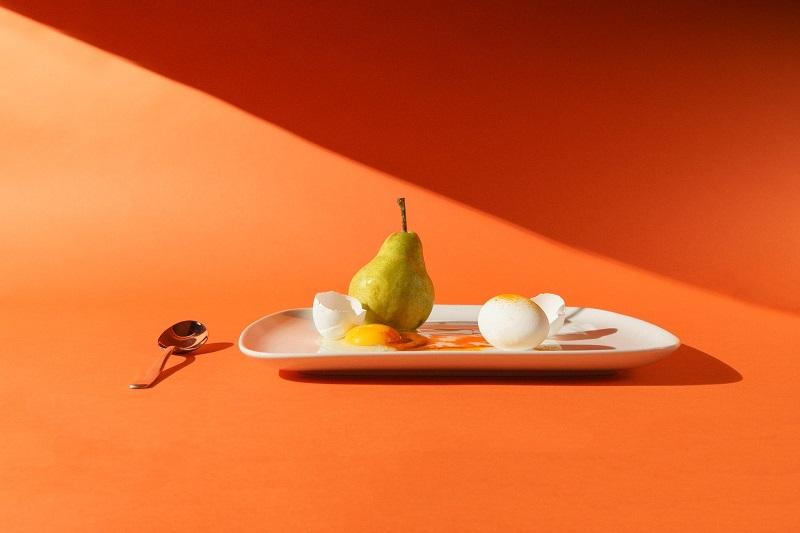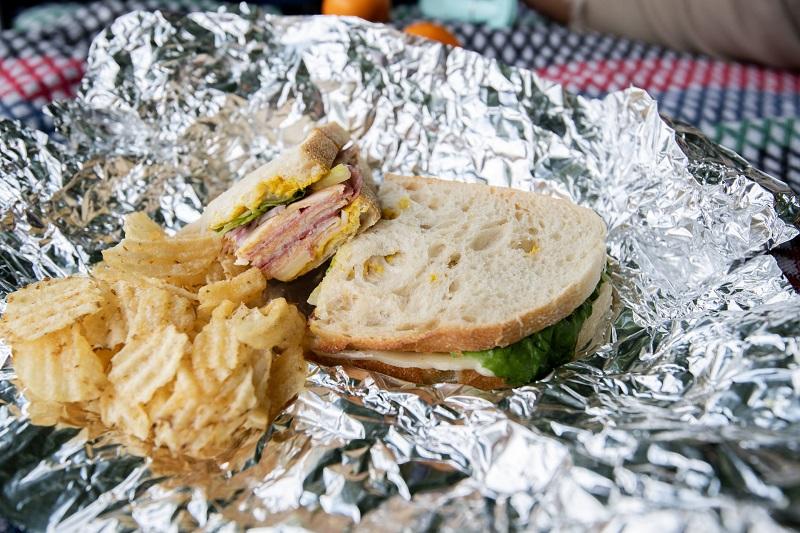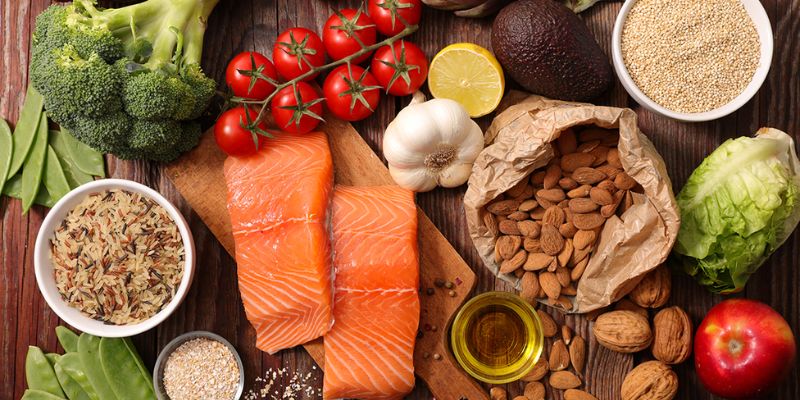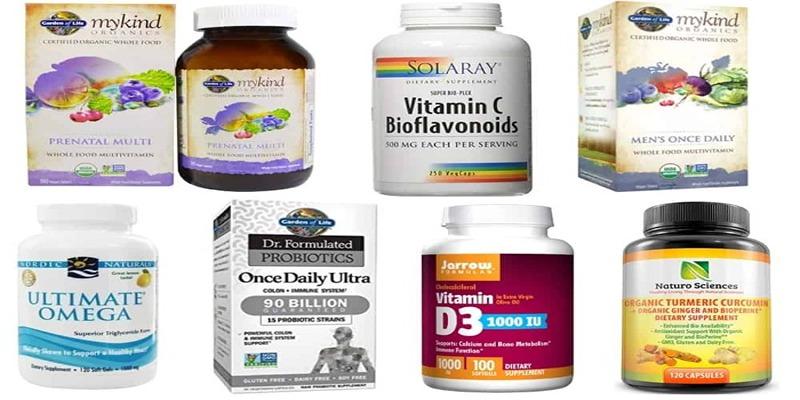The girl dinner trend is getting popular on TikTok. It's basically a plate of snacks that you don't need to cook or make. Some people might eat things like pickles, chips with salsa, cereal, or even old popcorn from yesterday. Even though anyone can eat it, it's called a "girl dinner" because of the mix of these snacks.
But some nutrition experts are wondering if this is a good way to eat. Is it healthy? Or is it showing that people are always worried about diet and weight?
How Healthy is a Girl Dinner?
How healthy a "girl dinner" is depends on what you put on the plate. If you just have fruits, some crackers, and a few cheese cubes, it's more like a snack. But if you add things like bread slices, eggs, veggies, hummus, and nuts, it's more like a real dinner.
For example, the first type might only have 200-300 calories. If you add the extra stuff, it might be around 500 calories. Women need a different amount of calories each day based on their age and how active they are. For example, younger women might need 2,200 calories, while older women might need 1,800 calories. But everyone is different, and it also depends on what else you eat during the day.
A "girl dinner" with around 500 calories can be a good meal for some people. But if it's less, it might just be a snack or something to start with before the main meal.
Behind the Name "Girl Dinner" and How to Make it Nutritious

"Girl dinner" is like a small snack plate just for you. Some say this name helps women feel okay not cooking a big meal and just eating something simple. Others think the name suggests that women should eat less than men. This can be a problem because it might make women think they need to always eat small or special meals different from men. Doing so might make some women worry too much about their body or develop unhealthy eating habits. Plus, seeing this girl dinner trend on social media might make some women feel even more pressure about food and body image.
Making a Healthy "Girl Dinner"
Social media has lots of food trends, and it's not always clear if they're healthy. But with the right ingredients, a "girl dinner" can be a good meal choice.
It's good to remember that what might be a perfect "girl dinner" for one person might not be for someone else. Everyone has different needs for food. A good "girl dinner" should have a mix of food types. This means it should have:
- Protein: like cheese, meat, or nuts
- Carbs: like fruits or whole grain crackers
- Healthy fats: like hummus with some olive oil
You can also add veggies and a dip to it. For a balanced "girl dinner", you might want:
- 1 cup of carbs: fruits, bread slices, or crackers
- 4 ounces of protein: meat slices, eggs, chicken, chickpeas, or hummus
- Over 1 cup of veggies: peppers, cucumber slices, or celery
- ¼ cup of fats: cheese, avocado, or nuts
When making your own "girl dinner", think about how hungry you are and what nutrients you need for the day. If you're not sure what's best for you, talking to a diet expert can help.
Is the "Girl Dinner" Trend Harmful? Final Verdict

The "Girl Dinner" trend, like many food trends on social media, comes with both pros and cons. On the positive side, it promotes the idea of simple, no-fuss meals, which can be a relief for those who feel pressured to prepare elaborate dishes. It can also encourage variety by incorporating different snacks into a meal.
However, there are concerns about the name itself suggesting that women should eat differently or less than men. Such notions could contribute to body image pressures and reinforce gender-based food stereotypes. The girl dinner trend might inadvertently promote undereating or not meeting nutritional needs if not balanced properly.
FAQs
What is a "girl dinner"?
A "girl dinner" is typically a small plate of mixed snacks. Its nutritional value varies based on the ingredients but generally aims to be a balanced mix of proteins, carbohydrates, and fats.
How can protein sources like cheese, meat, and nuts benefit the body?
Proteins are essential for body growth, repair, and maintenance. They are also crucial for enzyme and hormone production, and they support muscle strength.
How do healthy fats, like those from hummus or olive oil, differ from other fats?
Healthy fats, often called unsaturated fats, support cell growth, protect organs, and help the body absorb essential nutrients. In contrast, saturated and trans fats can increase cholesterol levels and risk of heart disease.
Does a smaller meal always equate to fewer calories?
Not necessarily. The calorie count depends on the specific ingredients and their quantities. A small but dense meal with high-calorie foods can have more calories than a larger, more voluminous meal with low-calorie foods.
What role does portion size play in a balanced diet?
Portion sizes help control calorie intake and ensure that one gets a diverse range of nutrients. Overly large portions can contribute to overeating and weight gain, while very small portions might not provide enough energy or nutrients.




